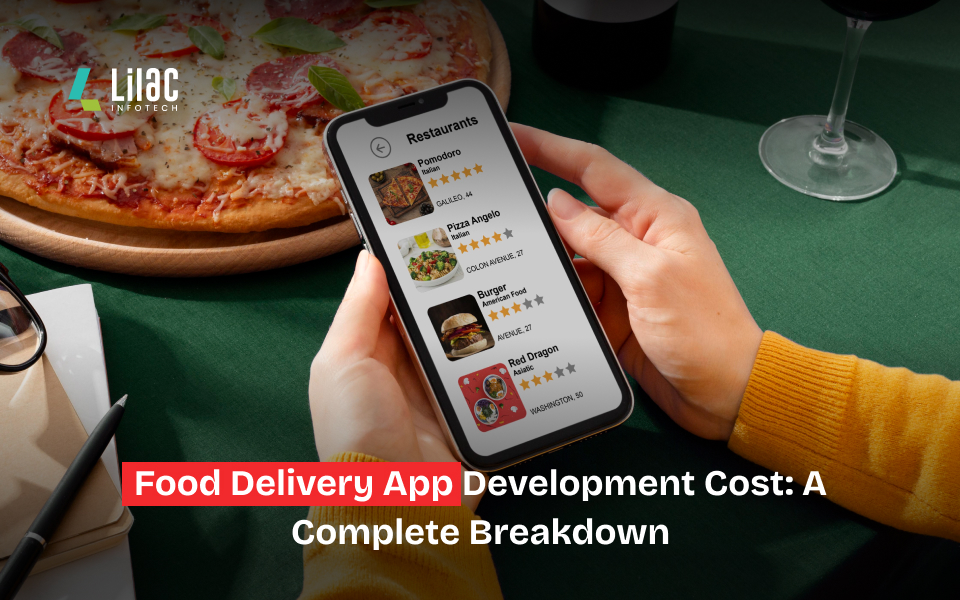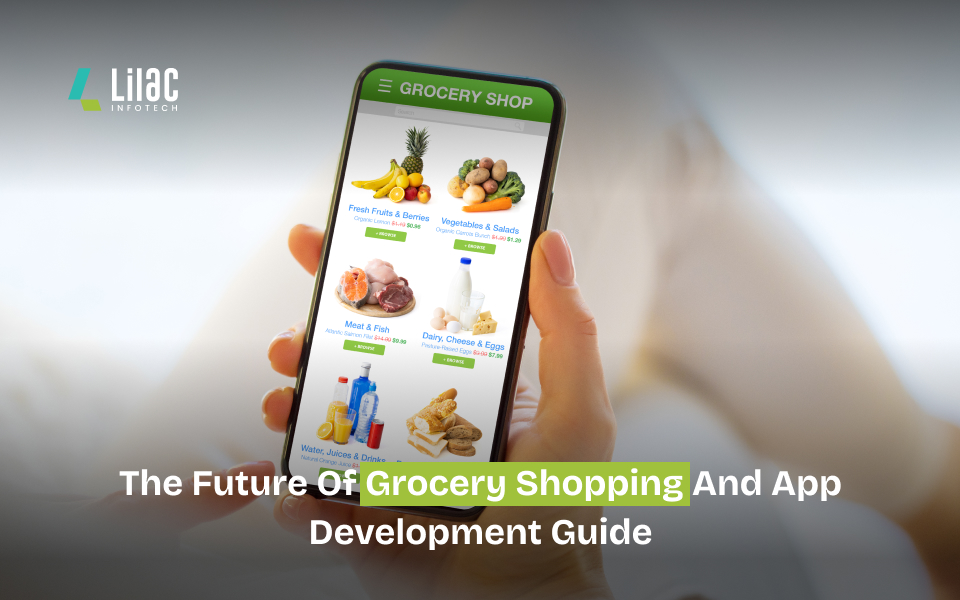
In 2025, E-Learning Apps are no longer just a convenient option—they’re a necessity for modern education. With rapid advancements in AI, Education Applications now deliver personalized learning, real-time performance analytics, and immersive study experiences that were once impossible. Whether you’re a student, teacher, or entrepreneur, understanding the landscape of AI-powered online education applications can help you adapt and thrive. For businesses and startups, the opportunity is even bigger—creating your own e-learning software can position you at the forefront of the digital education revolution. This guide explores the best AI e-learning apps in 2025, how to build your own, and the real cost of development.
1. The Rise of AI in E-Learning
Artificial Intelligence has transformed how we approach learning. From adaptive quizzes to AI tutors, the integration of machine learning and natural language processing in E-Learning Apps ensures personalized experiences for every learner.
Key AI-driven features in Education Applications:
Personalized Learning Paths: AI analyses student performance to customize lessons.
Automated Assessments: Instant grading and feedback save time for educators.
Language Translation: Breaks language barriers for global learners.
Predictive Learning Analytics: Identifies learners at risk and suggests interventions.
Gamified Learning: AI-powered gamification keeps users engaged.
2. Best AI E-Learning Apps in 2025
Here’s a look at the top online education applications leading the industry this year:
a) Duolingo Max
Focus: Language learning
AI Feature: GPT-powered roleplay conversations and instant feedback
Why It’s Best in 2025: Highly interactive, gamified, and constantly updated with AI-based difficulty adjustment.
b) Khan Academy AI
Focus: General education for all ages
AI Feature: "Khanmigo" AI tutor
Why It’s Best in 2025: Offers an interactive learning assistant that answers questions, explains concepts, and provides practice problems.
c) Coursera AI Mentor
Focus: Professional and academic courses
AI Feature: Career guidance, personalized course recommendations, and AI grading
Why It’s Best in 2025: Integrates with universities and companies, offering practical and academic skills.
d) ScribeLearn
Focus: Note-taking & learning summaries
AI Feature: Generates lesson summaries, mind maps, and quizzes from uploaded materials.
Why It’s Best in 2025: Great for self-paced learners who want content condensed.
e) Edutik (Lilac Infotech’s Product)
Focus: Comprehensive e-learning software for educational institutions
AI Feature: Adaptive learning paths, real-time analytics, live class management
Why It’s Best in 2025: Scalable, customizable, and trusted by multiple educational startups.
3. Why Start Your Own AI E-Learning App in 2025
The E-Learning Apps market is expected to surpass $500 billion globally by 2030. AI-powered education applications are in high demand because:
Schools & colleges want to offer hybrid learning.
Corporate training needs personalized, scalable solutions.
Self-learners want faster, more efficient study methods.
Building your own online education application in 2025 allows you to:
Own a revenue-generating platform
Customize learning experiences for your audience
Integrate niche expertise (e.g., language, coding, medical education)
4. How to Create Your Own AI E-Learning App
Creating a successful e-learning software involves strategic planning, design, and development.
Step-by-Step Guide
Step 1: Define Your Target Audience
Students, professionals, schools, or corporate learners?
Age group, language, and skill level preferences
Step 2: Choose the Learning Model
Self-paced (Udemy style)
Live classes (Zoom + LMS integration)
Hybrid (Live + recorded)
Step 3: Plan Core Features
AI-powered content recommendations
Gamification badges and leaderboards
Live video streaming & chat
Offline access
Progress tracking and analytics
Payment gateways for monetization
Step 4: UI/UX Design
An intuitive, visually appealing interface is crucial. Ensure the design is mobile-friendly and accessible.
Step 5: Technology Stack
Common tech stack for E-Learning Apps:
Frontend: React Native, Flutter
Backend: Node.js, Python (Django)
AI/ML: TensorFlow, PyTorch
Database: MongoDB, PostgreSQL
Cloud Hosting: AWS, Azure, Google Cloud
Step 6: Development & Testing
Develop an MVP first
Perform rigorous testing for usability, speed, and security
Step 7: Launch & Marketing
App Store & Play Store optimization
Social media campaigns
SEO for educational keywords
5. The Cost of E-Learning App Development in 2025
The cost varies depending on complexity, features, and team location.
Average total cost:
Basic MVP: $30,000 – $50,000
Full-featured AI app: $70,000 – $150,000
Cost Influencing Factors:
Platform choice: iOS, Android, Web, or all three
AI complexity: Basic recommendation engine vs. full AI tutor
Team location: Developers in North America charge more than in Asia
Third-party integrations: Payment gateways, cloud storage, LMS systems
6. Monetization Models for E-Learning Apps
Subscription model: Monthly or yearly fee
One-time purchase
Freemium with in-app purchases
Corporate licensing
Ad-supported free version
7. Future Trends in AI E-Learning
AI-powered AR/VR classrooms for immersive learning
Blockchain-based certifications
Voice-driven learning assistants
Hyper-personalized microlearning
8. Frequently Asked Questions (Q&A)
Q1: How long does it take to develop an AI-powered e-learning app?
A: Depending on complexity, it can take 4–12 months from concept to launch.
Q2: Which is better—custom development or a white-label e-learning software?
A: If you want unique features and branding, go for custom development. For a faster launch, choose a white-label solution like Edutik.
Q3: Can I integrate my AI e-learning app with existing Education Applications?
A: Yes, through APIs you can connect your app to other platforms like Google Classroom or Zoom.
Q4: How secure is an online education application?
A: With proper encryption, SSL certificates, and secure payment gateways, e-learning apps can be very safe.
Q5: Is AI necessary for e-learning software in 2025?
A: While not mandatory, AI drastically improves personalization, engagement, and efficiency, making it highly recommended.



















Fantastic read on the top AI-powered <a href="https://analogueitsolutions.com/">E-learning apps</a>of 2025! I loved how the guide highlights innovative features like personalized learning paths, real-time feedback, and AI-driven assessments these are exactly what make modern E-learning apps stand out. Excellent work—this guide is a valuable resource for anyone looking to develop standout E-learning apps. Looking forward to more of your forward-thinking content!